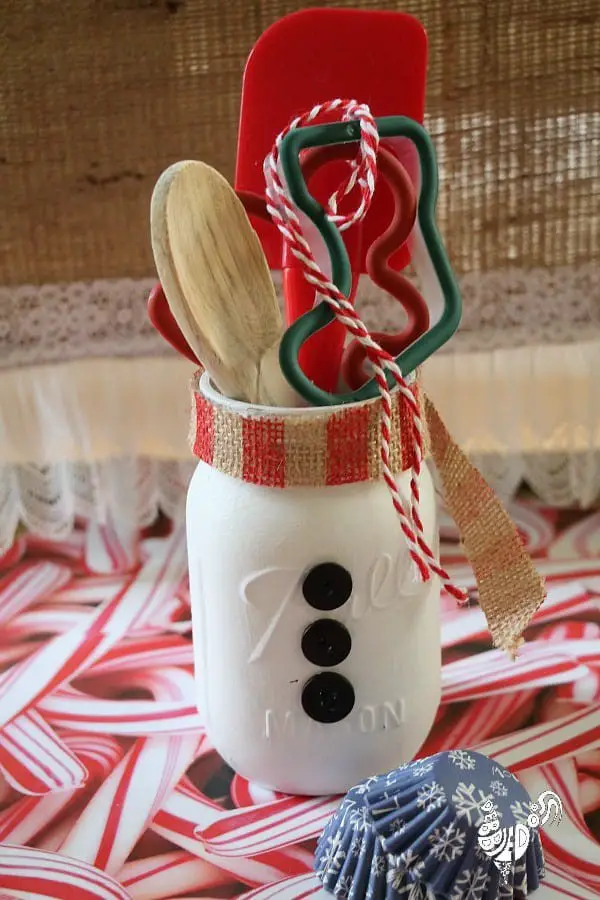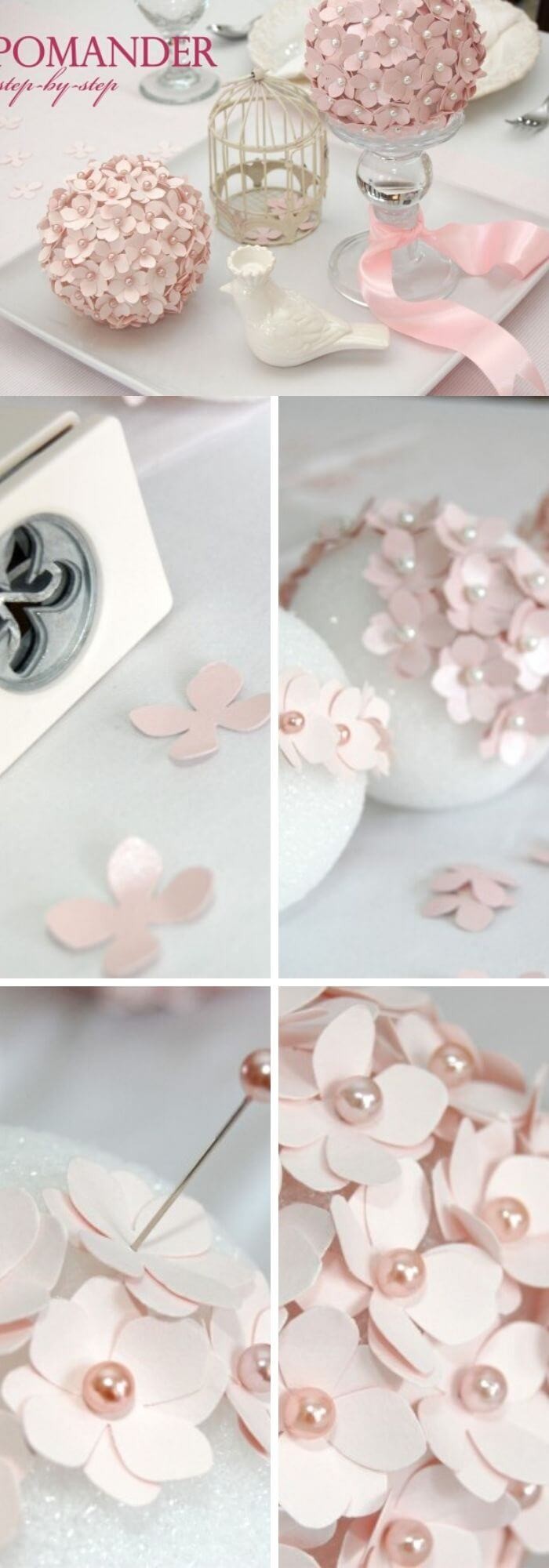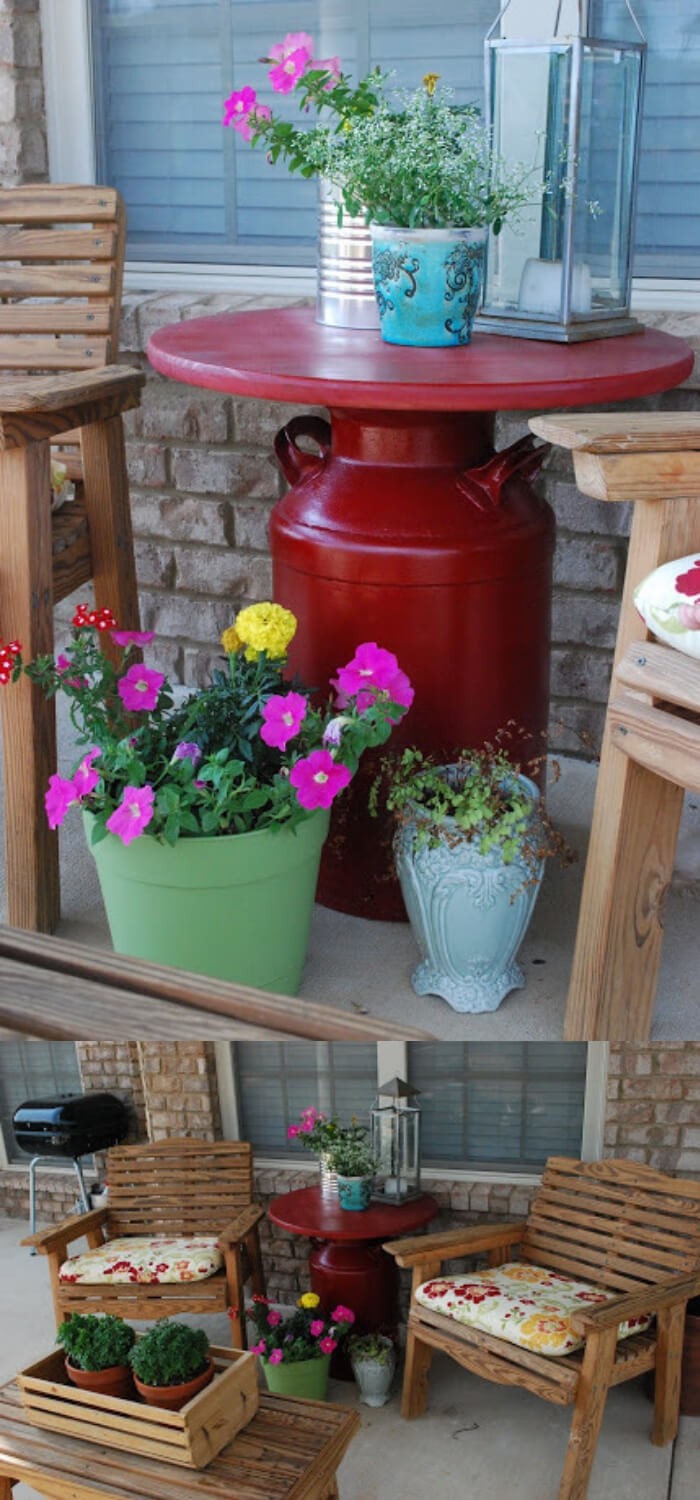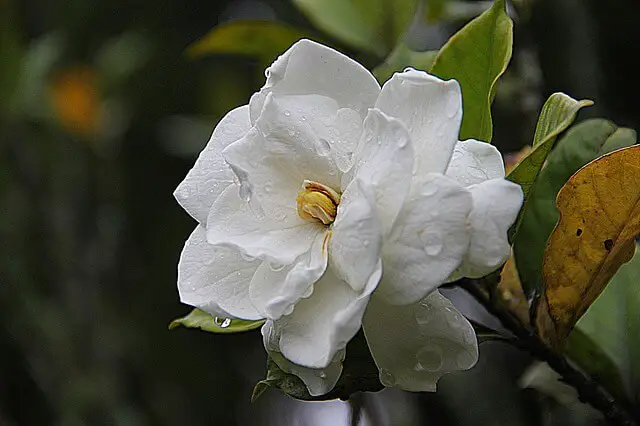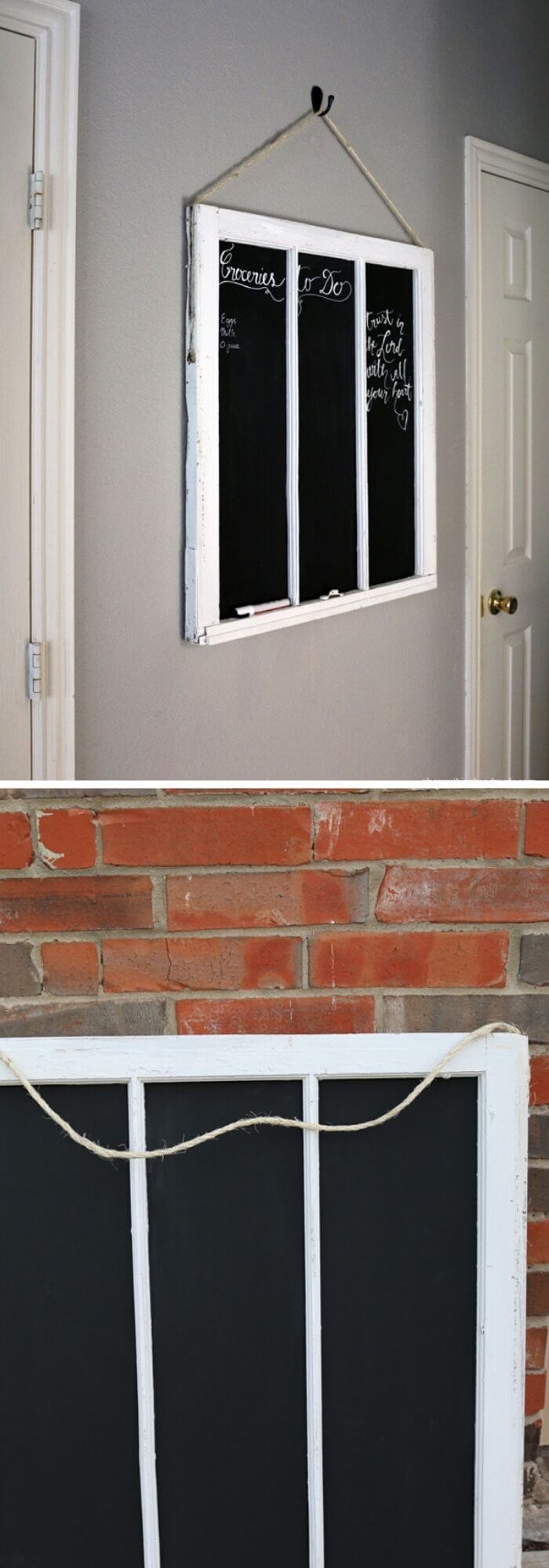35 Plants That Like Direct Sunlight: A Guide To Sun-Loving Plants
If you’re seeking to infuse your home with a touch of the great outdoors, consider bringing in some plants that thrive in direct sunlight. Not only do they add a natural charm to any room, but they also provide numerous benefits such as purifying the air and promoting a sense of serenity. Plus, many of these plants are surprisingly resilient and require minimal upkeep. With options ranging from low-maintenance succulents to majestic palms, you can create a thriving oasis that brings new life to your home. Let’s explore some of the most vibrant and resilient plants that love basking in direct sunlight!
Mother In Law’s Tongue
Sansevieria trifasciata, commonly referred to as Mother-in-Law’s tongue or Snake Plant, is an indoor favorite renowned for its striking, upright foliage and adaptability to varying light conditions. Native to West Africa, this resilient plant has the ability to survive extended periods of drought. Its impressive features make it a top contender for bright spots in homes, perfect for both novice and seasoned plant enthusiasts alike. With the capacity to thrive on a sparse watering schedule, once or twice a month, this low-maintenance cultivar is an ideal selection for those seeking a hassle-free addition to their indoor space.
Hibiscus
Hibiscus rosa-sinensis, the tropical plant renowned for its vibrant, showy blooms, flourishes in sunny, warm environments and is a popular choice for gardens and patios. This fast-growing species demands consistent moisture and nutrient-rich soil to thrive. With a neutral to slightly acidic pH requirement, Hibiscus is well-suited for many gardeners. Beyond its striking aesthetic appeal, the plant boasts medicinal properties that can alleviate ailments such as colds, fluid retention, and stomach discomfort.
Croton
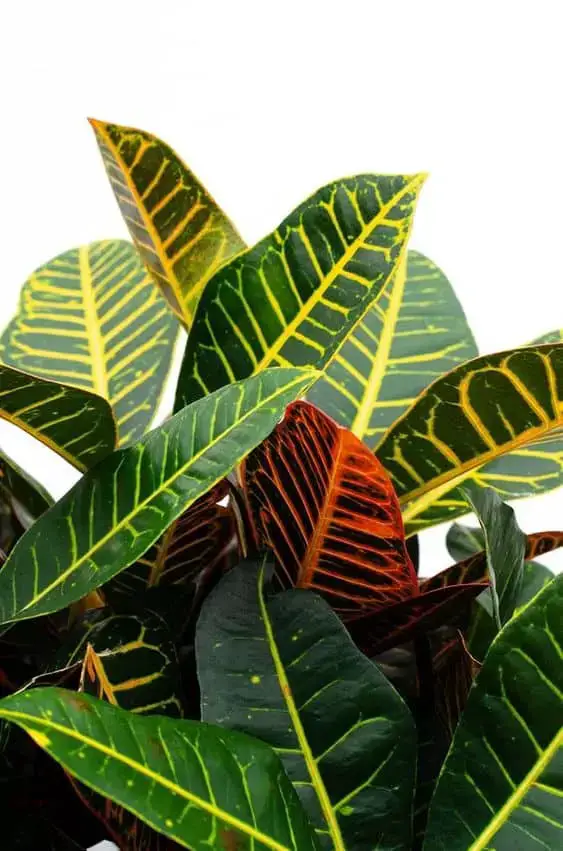
Codiaeum variegatum, also known as the Bush of Fire, boasts vibrant and colorful foliage that adds a touch of warmth to gardens and patios. Native to Southeast Asia, this striking plant has gained popularity for its ability to bring in a pop of color. To thrive, it requires plenty of sunshine, with at least 6 hours of direct sunlight being ideal. When exposed to sufficient light, the leaves transform from green to stunning shades of red, orange, and yellow, making it an dynamic and engaging addition to any outdoor space. As for its growing conditions, the Bush of Fire prefers a neutral to slightly acidic soil pH, and should be protected from frost.
Aloe Vera
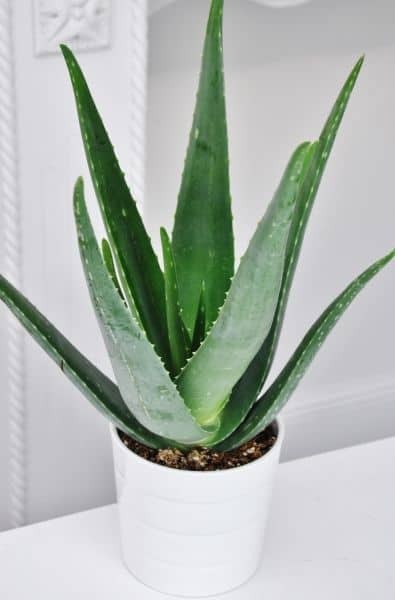
As a popular choice for home gardening, Aloe barbadensis miller – commonly known as Aloe Vera – offers numerous benefits beyond its aesthetic appeal. Its adaptability to slightly acidic to neutral soil pH makes it an ideal addition to indoor gardens. The plant’s leaves boast remarkable healing properties, allowing them to be used to alleviate burns and irritation. Furthermore, Aloe Vera is renowned for being one of the simplest indoor plants to propagate, making it a great option for those looking to expand their collection.
Papyrus
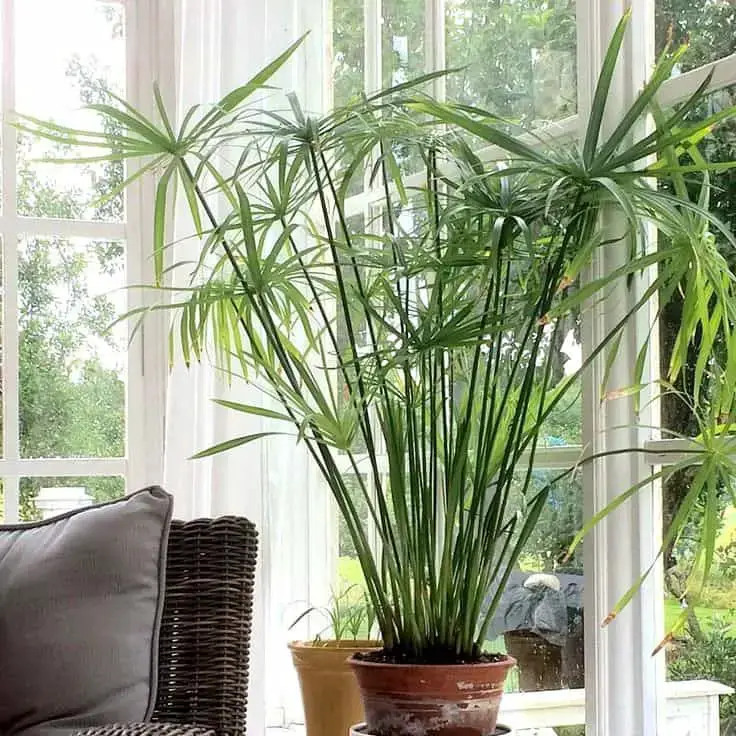
Cyperus papyrus, also known as the papyrus plant, boasts an intriguing character that makes it an excellent choice for gardeners with some level of expertise. Characterized by its tall stature, ranging from 3 to 6 feet in height, this plant demands a reasonable amount of care and attention. To ensure optimal growth and maintenance, it’s recommended to keep the papyrus plant in a pot, allowing for easy movement and watering. In terms of soil conditions, Cyperus papyrus thrives in slightly acidic to neutral environments, making it an adaptable addition to any garden.
Jade Plant
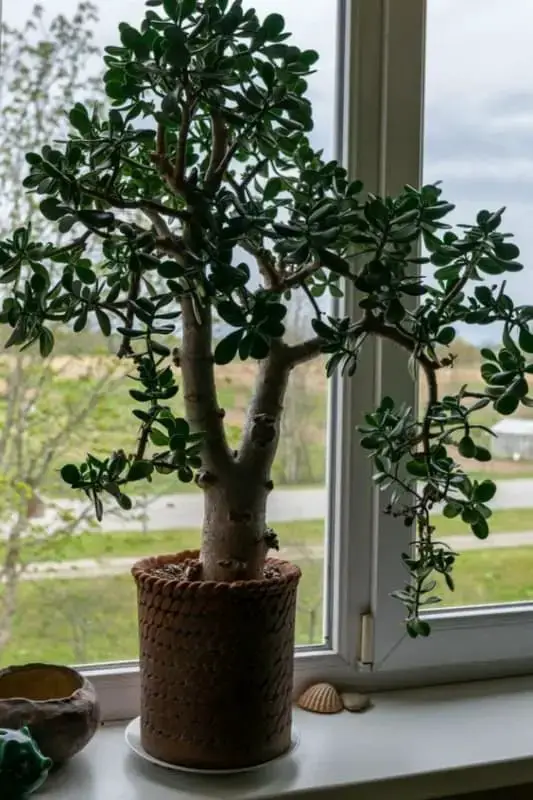
The Crassula ovata, commonly known as the jade plant, is an excellent option for those new to indoor gardening or with busy schedules. Its unique variegated leaves bring a splash of color to any room, making it a popular choice among plant enthusiasts. While its beauty is undeniable, it’s essential to keep in mind that the jade plant contains mildly toxic compounds, making it important to keep it out of reach from children and pets. In terms of soil conditions, this low-maintenance plant thrives in slightly acidic to neutral environments.
Sago Palm
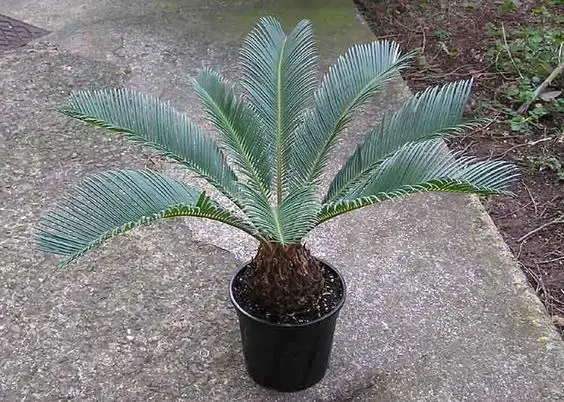
The Cycas revoluta, also known as the sago palm, is an excellent option for those seeking a tall and tropical plant that flourishes in direct sunlight. This species is renowned for its rapid growth, making it an ideal choice for individuals looking to add some height to their indoor or outdoor spaces. However, it’s essential to consider the mature size of the sago palm, which can grow quite substantial, necessitating a large enough pot to accommodate its expansion.
Areca Palm
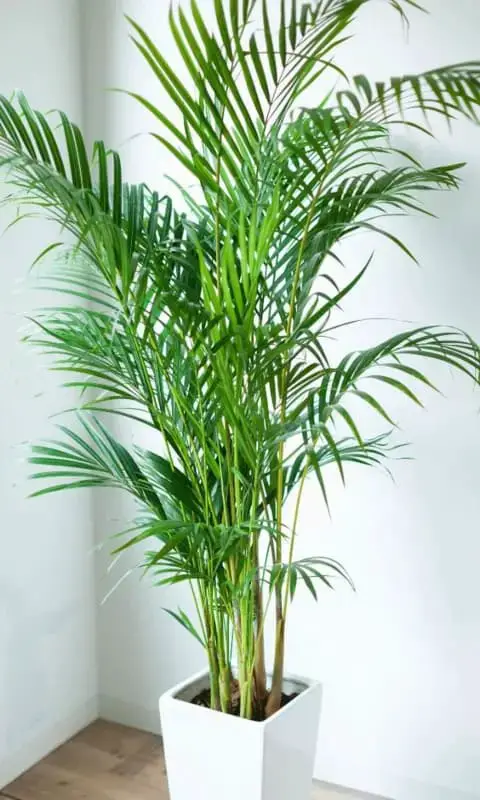
The Areca palm (Dypsis lutescens) is a striking decorative plant that can reach impressive heights of up to 8 feet tall and spread several feet wide. Its ability to tolerate some yellowing under sunlight has earned it the nickname ‘golden cane.’ This tropical beauty can instantly elevate any room with its unique charm.
To ensure optimal growth, place the areca palm near a window that receives direct sunlight from the south or west direction. Additionally, consistent moisture and high humidity levels are crucial for its well-being.
Ponytail Palm
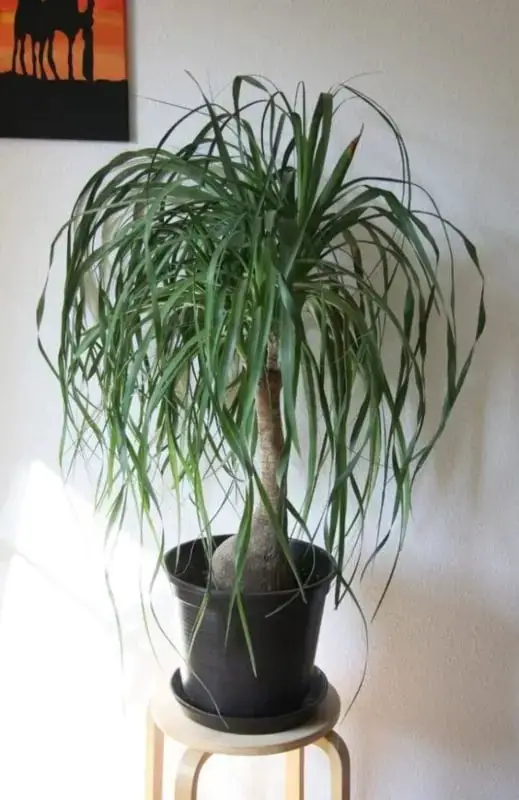
Beaucarnea recurvata, also known as the ponytail palm, is a unique species native to Mexico. Its characteristic bulbous base and feathery foliage make it a striking addition to any interior. This low-maintenance plant can thrive in direct sunlight, but it’s equally adaptable to indirect light conditions. While it may not reach its full potential in height and growth rate without direct sunlight, it still makes for a great choice for busy individuals who prioritize simplicity and convenience.
Sweet Basil
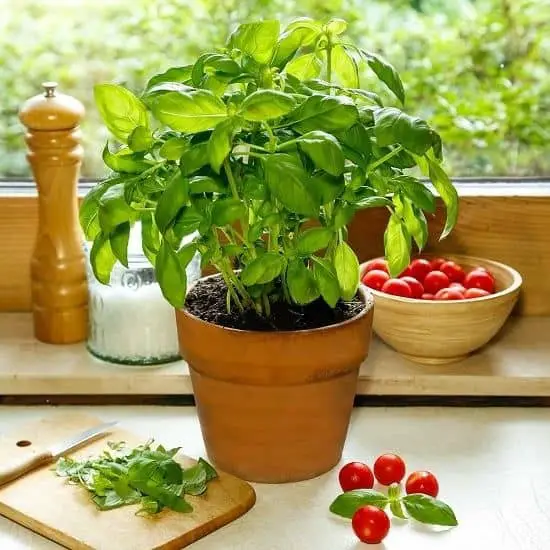
To cultivate Ocimum basilicum, also known as sweet basil, it’s essential to provide the right environment. This herb thrives in slightly acidic to neutral soil pH and requires direct sunlight for at least six hours a day. A southwest-facing window is ideal, but it can also tolerate some afternoon shade. The plant’s distinctive fresh, anise-like aroma is accompanied by edible leaves that are easy to harvest once the plant is well-established. Simply place your sweet basil in a location that meets these conditions and enjoy its culinary benefits.
Gardenia
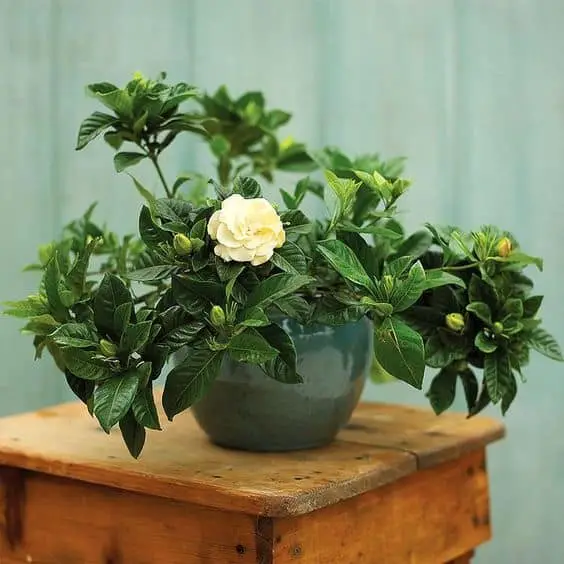
Gardenia jasminoides, a popular ornamental plant, is well-suited to environments with slightly acidic soil conditions. When cultivated indoors, it excels in locations that receive direct sunlight, yet it adapts equally well to partial shade when grown outdoors. A crucial aspect of nurturing this plant involves the timely removal of spent flowers, which encourages the repeated blooming of its fragrant, creamy-white blooms.
China Doll Plant
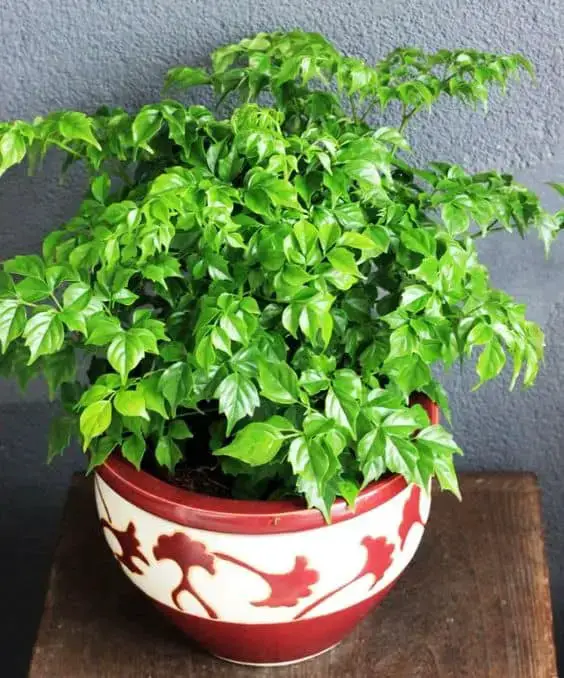
The Radermachera sinica, commonly known as the China doll plant, boasts a reputation for being a low-fuss indoor companion. Its remarkable hardiness allows it to thrive in direct sunlight, making it an ideal choice for brightening up rooms with minimal maintenance required.
This versatile plant is also notable for its ease of propagation and its tendency to be used as decorative pieces, adding a splash of color and vitality to any space within your home.
Strings Of Pearl
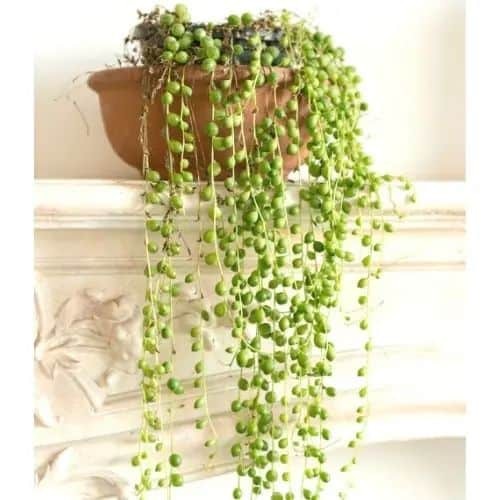
The Senecio rowleyanus, with its botanical name proudly displayed, thrives in slightly acidic to neutral soil environments. This charming plant hails from the tropical regions of our world, boasting a reputation for being low-maintenance and easy to care for. Its impressive credentials don’t stop there – it’s also an exceptional indoor air purifier, making it an excellent choice for those seeking to improve the quality of their indoor spaces. Despite its compact size, this plant packs a big punch when it comes to adding visual interest and sophistication to any room in your home.
Jasmine
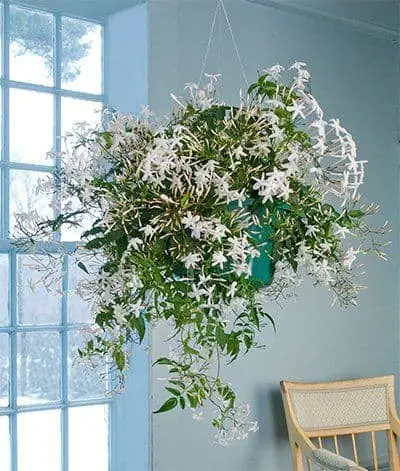
The Jasminum spp., or jasmine plant, thrives in slightly acidic to neutral soil conditions. But what truly sets this plant apart is its intoxicating fragrance, which fills the air with a sweet aroma that’s simply irresistible. Whether you’re looking for a romantic centerpiece for your wedding or a beautiful addition to your home decor, jasmine plants are an excellent choice. Their fragrant blooms and delicate beauty make them a popular selection for special occasions, but they also bring joy and elegance to any room.
Echeveria
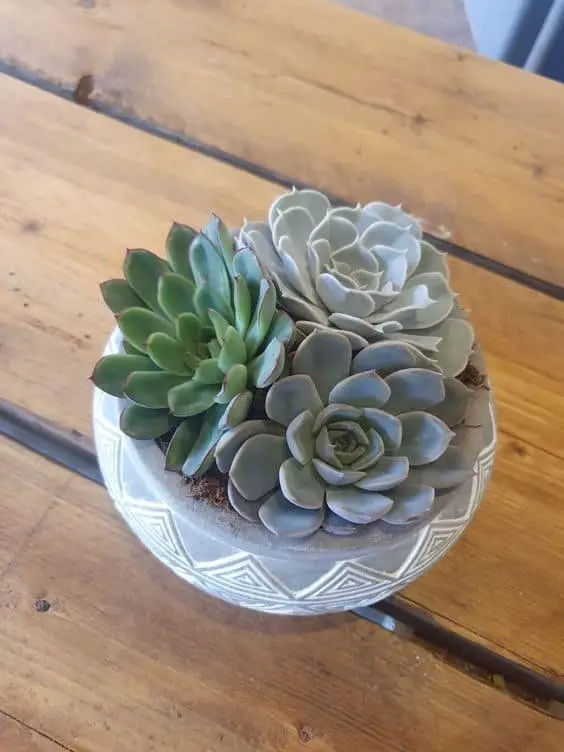
Echeveria species, comprising succulents with striking rosette shapes and vibrant colors reminiscent of flowers, have gained popularity due to their unique characteristics. These plants thrive in slightly acidic to neutral soil pH conditions. Notably, they come in a diverse array of pastel hues, ranging from a few inches to 12 inches in height at full maturity. Furthermore, Echeveria succulents are non-toxic, making them an excellent choice for households with pets or young children.
Yucca Plant
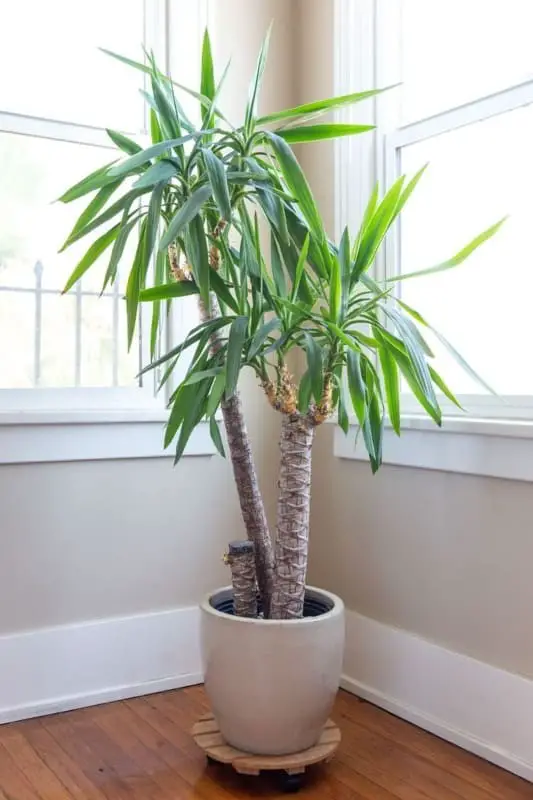
With over 40 species under its belt, Yucca spp. is a diverse group of plants that have adapted to thrive in slightly acidic to neutral soil conditions. Characterized by their striking, upright leaves with sharp spines, these plants are often sought after for their unique architectural appeal. Not only do they make an impact as indoor or outdoor specimens, but they’re also surprisingly resilient, able to withstand dry conditions reminiscent of desert landscapes.
Dragon Tree
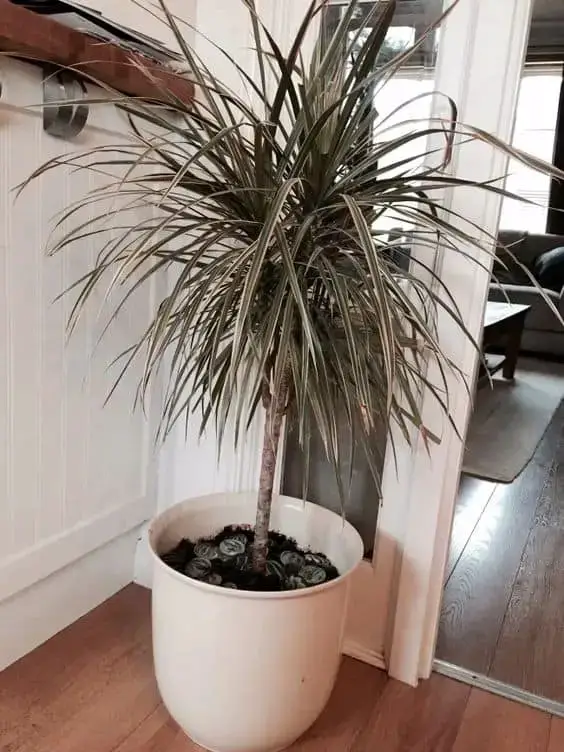
Dracaena spp., a species known as Dragon trees, boasts an elegant appearance characterized by long, slender leaves that resemble swords. The botanical name accurately reflects their striking visual appeal. As they thrive in slightly acidic to neutral soil pH, these plants are adaptable and require minimal upkeep. Additionally, they can withstand a broad temperature range, making them an ideal choice for those new to plant care or seeking low-maintenance greenery.
Carol Cactus
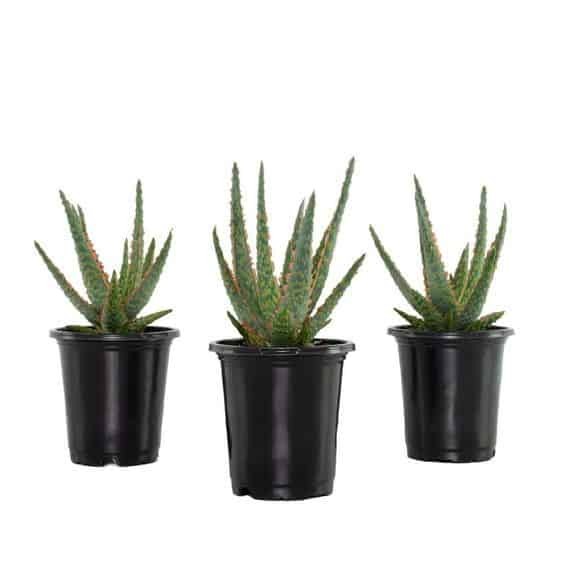
The Euphorbia neriifolia, also known as Euphorbia neriifolia, is a succulent plant that thrives in slightly acidic soil conditions. When grown indoors, it typically reaches heights of up to two feet, although with proper care and outdoor cultivation, it has the potential to grow even larger. One important consideration when cultivating this plant is its toxicity – it contains harmful compounds that can be dangerous if ingested by pets.
Hens & Chickens
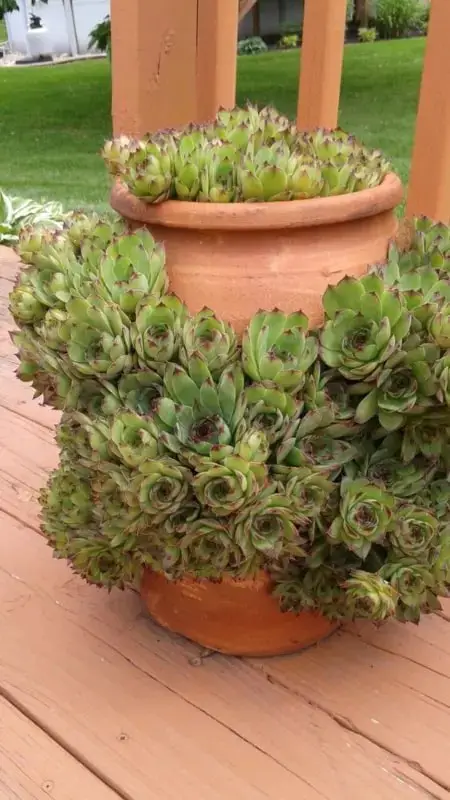
Sempervivum spp., a succulent species, thrives in slightly acidic to neutral soil conditions. Characterized by its fleshy leaves arranged in compact rosettes, this plant excels as a mass planting option in shallow containers. Its ability to self-propagate through the removal of small offsets, or ‘chicks,’ that sprout alongside the main plant, or ‘hen,’ further enhances its appeal as a low-maintenance and rewarding addition to any garden.
Geranium
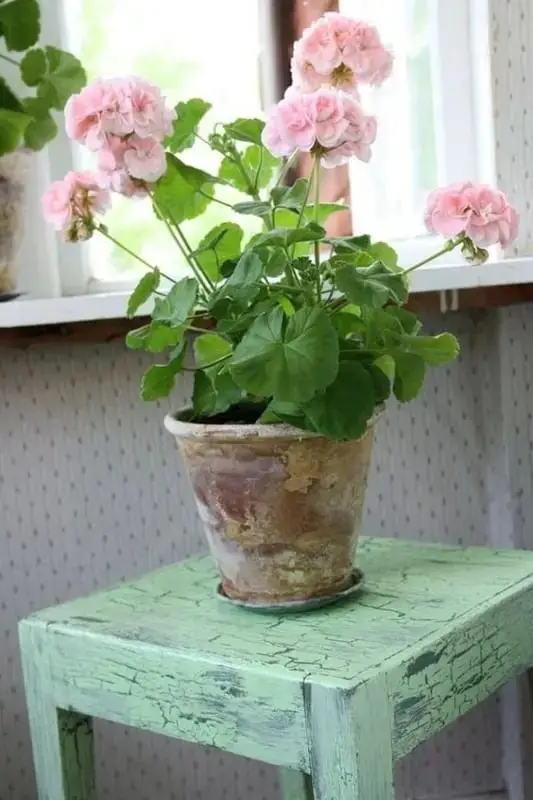
Pelargonium spp., a genus encompassing a wide range of geranium species, thrives in slightly acidic to neutral soil conditions. Despite their popularity as indoor plants due to vibrant blooms and alluring fragrant foliage, these flowering perennials also possess impressive air-purifying capabilities and the ability to repel mosquitoes, making them an attractive choice for home decor enthusiasts.
Birds Of Paradise
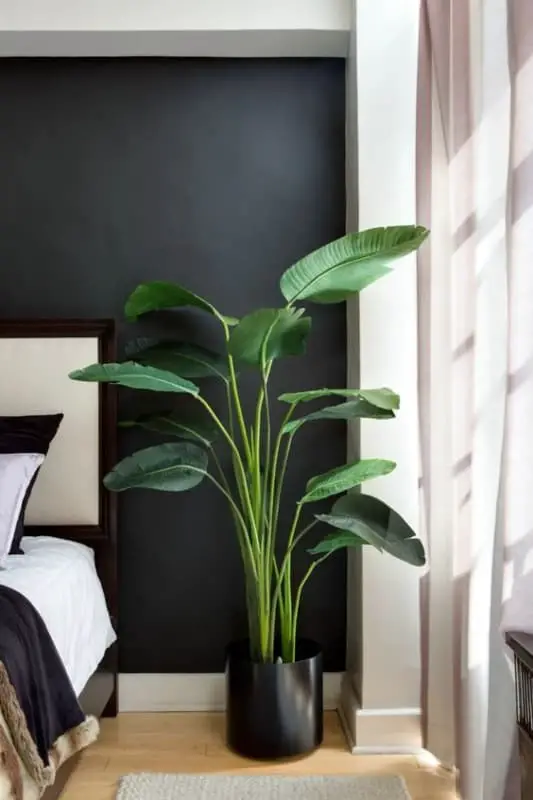
Strelitzia spp., characterized by their extraordinary, tropical blooms that evoke the image of a bird taking flight, thrive in environments with slightly acidic to neutral soil pH. These striking flowers require well-draining soil conditions and a spot that receives partial shade along with direct sunlight, allowing them to tolerate drought once they are fully established.
Ti Plant
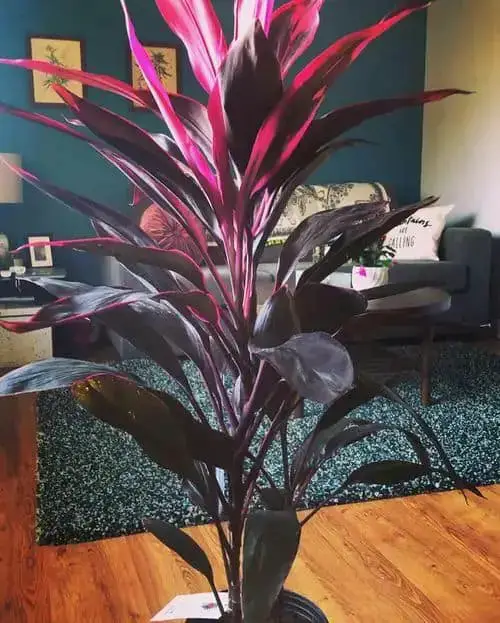
Cordyline minalis, a tropical woody evergreen plant boasting palm-like leaves, is an increasingly sought-after option as a floor plant for indoor environments. Its vibrant foliage boasts a stunning array of colors, including fiery red, regal purple, soft pink, and striking variegated streaks, making it a standout choice for those seeking to add a pop of color to their home.
Golden Barrel Cactus
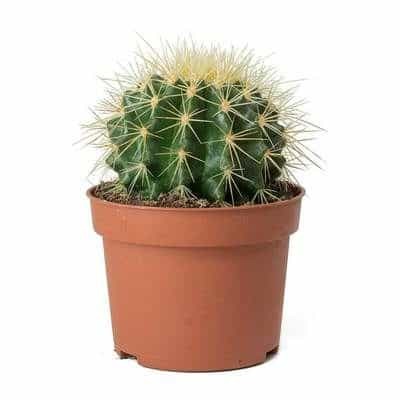
The Echinocactus grusonii boasts a unique botanical name, but what’s equally impressive is its adaptability. With the ability to thrive in soil with a pH ranging from slightly acidic to slightly alkaline, this striking plant is perfect for spaces that require a versatile addition. Its round, golden-colored spines add a touch of desert charm, making it a stunning focal point in any room. The fact that it can tolerate a wide range of temperatures only adds to its appeal, allowing it to be enjoyed year-round.
Moon Cactus
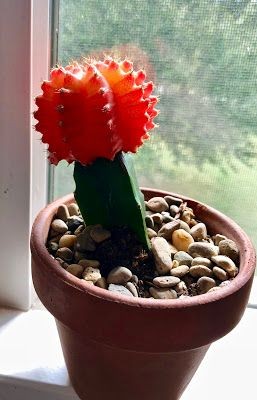
Gymnocalycium mihanovichii is a distinct plant species that thrives in an alkaline to slightly acidic soil pH. What makes this cacti truly unique is its ability to be grafted with the colorful upper growth (scion) from one species onto a lower rootstock (host) from another, resulting in a stunning display of colors including yellow, red, orange, purple, and white. This grafting process allows for an array of vibrant hues, making each moon cacti a one-of-a-kind creation.
Nivosa Cactus
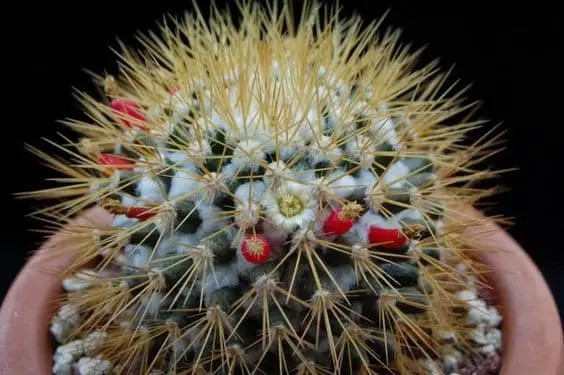
Mammillaria nivosa, a species of cactus, thrives in desert environments where it develops into a rounded, green plant with a solitary stem. One of its most striking features is the production of vibrant red, funnel-shaped flowers that bloom in the spring. To protect itself from harm, this plant is equipped with dense white spines that provide a robust defense mechanism. In terms of soil requirements, Mammillaria nivosa prefers a slightly acidic to neutral PH, allowing it to absorb essential nutrients and water effectively.
Norfolk Island Pine
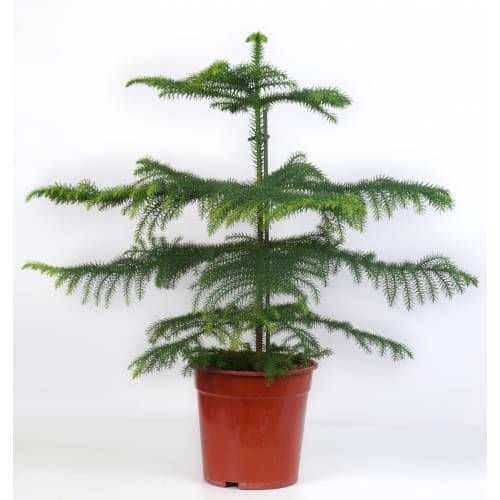
The Araucaria heterophylla, boasting an intriguing botanical name, thrives in environments with acidic soil pH levels ranging from 4.5 to 5.5. Its unique pyramid-shaped growth habit makes it a sought-after indoor plant, offering an attractive addition to any room. Interestingly, the species’ origins can be traced back to Norfolk Island, which is reflected in its name.
Burro’s Tail
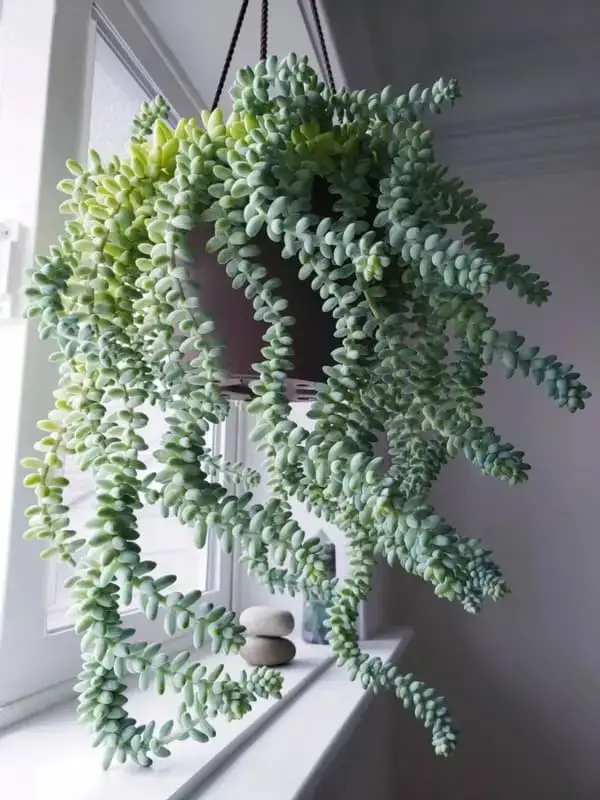
Sedum morganianum, commonly known as Burro’s tail or Donkey’s tail, is an eye-catching succulent species characterized by its clusters of tiny, bluish-green leaves resembling teardrops. The stems of this plant can reach impressive lengths of up to four feet, allowing them to cascade elegantly over the edges of containers, making it a popular choice for tabletop displays and hanging baskets alike. Interestingly, Burro’s tail thrives in soil with an alkaline to neutral pH.
Fiddle Leaf Fig
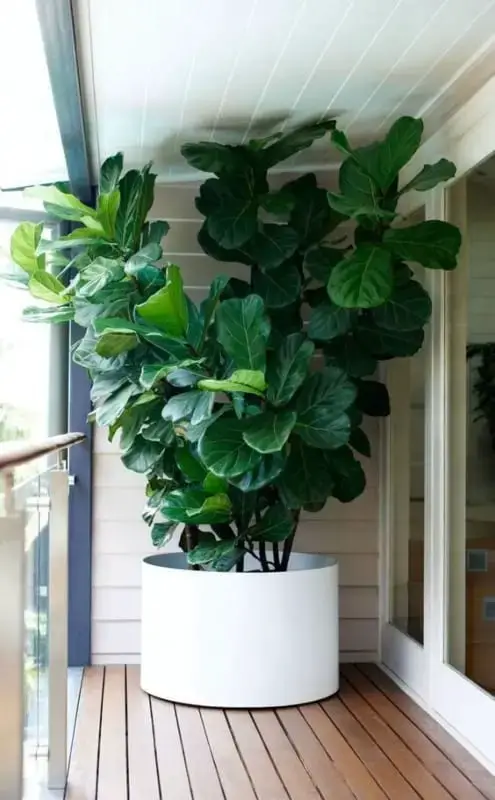
The Ficus lyrata, commonly known as the fiddle-leaf fig, boasts an unmistakable appearance with its lyre-shaped leaves sprouting from a slender trunk. This remarkable plant can grow up to six to ten feet tall when cultivated indoors, making it essential to provide ample space and sufficient light in a well-ventilated room. To maintain its visual appeal, it’s crucial to establish a regular cleaning routine, gently dusting the leaves every week or two to remove dirt and debris.
Money Tree
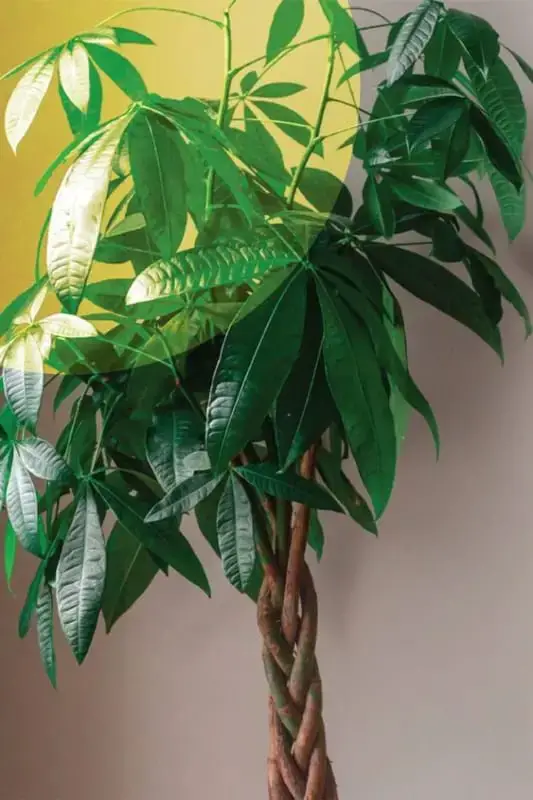
Pachira aquatica, a species of flowering plant, thrives in environments with slightly acidic to alkaline soil pH conditions. Its most distinctive feature is the braided trunk that gives it an air of elegance, while its lush green leaves are often associated with bringing good fortune and prosperity to those who cultivate it. To ensure optimal growth, this plant prefers well-draining soil and a moderate watering schedule, allowing the soil to dry out slightly between waterings.
Desert Rose
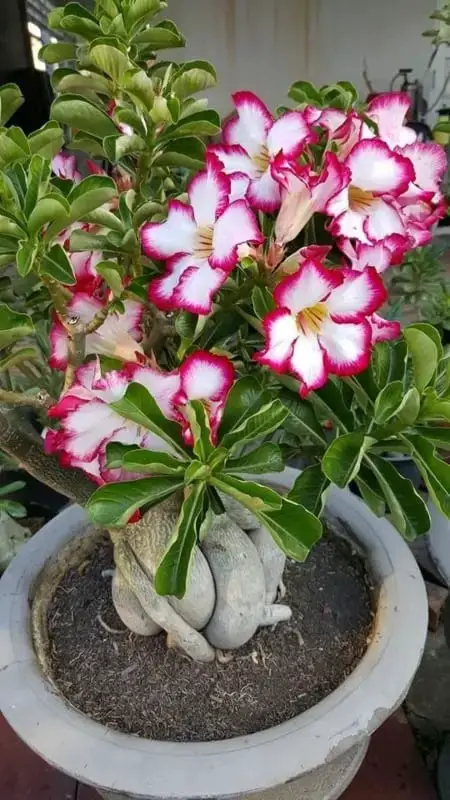
The desert rose (Adenium obesum) is a unique succulent that defies conventional characteristics by storing water within its stout, bulbous trunk instead of developing spines, spikes, or fleshy leaves. Its slender, bonsai-like silhouette belies its ability to produce stunning trumpet-shaped blooms in an array of hues – from pure white to vibrant pink, purple, and red – a true marvel of the botanical world.
African Milk Tree
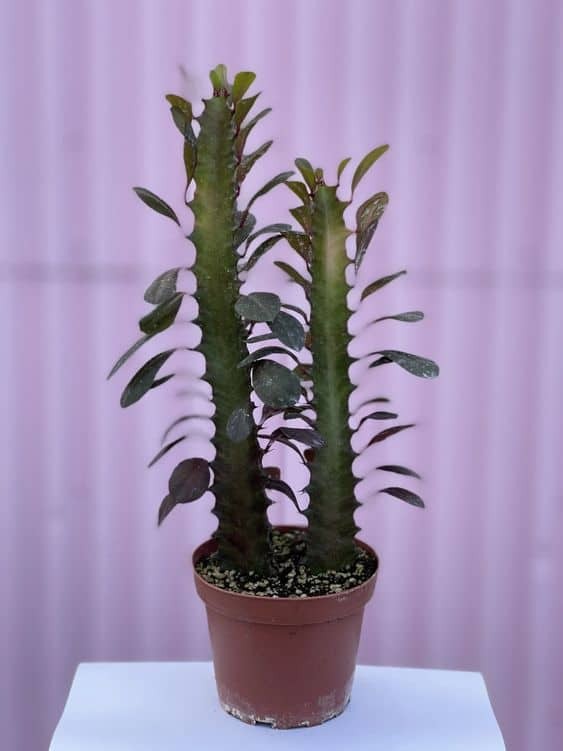
The Euphorbia trigona, also known as the African milk tree, boasts a unique appearance characterized by sharp spines and succulent properties, distinct from cacti. This tropical plant thrives in a slightly acidic to alkaline soil environment. Notably, its sharp spines require careful handling when tending to the plant. In terms of climate, it’s best suited for outdoor placement during the summer months, with temperatures above 50°F (10°C). As winter approaches, it’s essential to bring this plant back inside to protect it from harsher temperatures.
Zebra Haworthoia
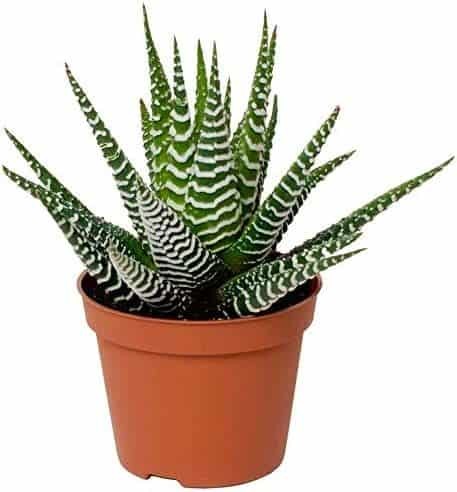
Haworthiopsis attenuata, also known as Zebra Haworthia, bears a striking resemblance to Aloe Vera in terms of its physical appearance. Its thick, dark green leaves feature white stripes on the exterior, giving it an unmistakable visual identity. Measuring approximately 5 inches in height, with rosettes spanning up to 8 inches across, this plant’s compact stature belies its impressive presence.
When it comes to caring for these plants, a crucial aspect is allowing the soil to dry out slightly before rewatering. Additionally, they require protection from cold drafts and an abundance of sunlight to thrive.
Tree Aeonium
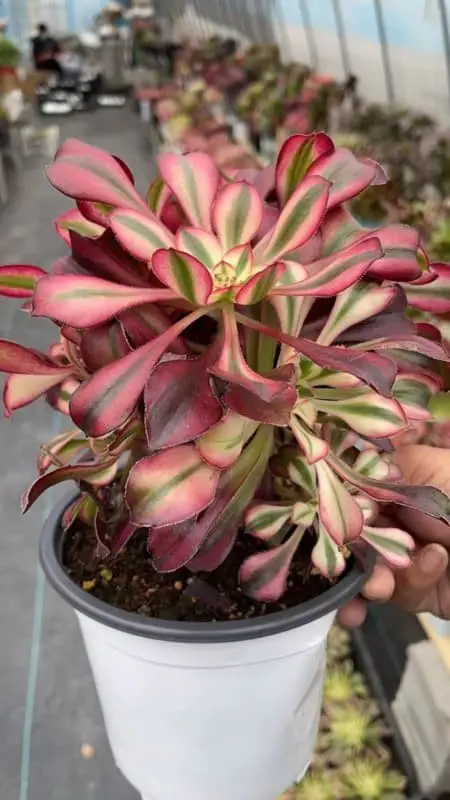
Aeonium arboreum, commonly known as Tree Aeonium, boasts a unique botanical profile. Its soil preferences lean slightly acidic, allowing it to thrive in environments with a subtle pH deviation from neutral. One of the plant’s most striking features is its ability to grow vertically, reaching heights of up to three feet as it develops fleshy rosettes atop its woody stems. As the plant matures, it may produce an intricate pyramidal panicle of small yellow flowers above its vibrant green or dark purple leaf rosettes. To promote optimal growth, Tree Aeonium prefers a temperature range of 70 to 85 degrees Fahrenheit and should be cultivated in well-draining soil that does not permit standing water around the roots.
Meyer Lemon
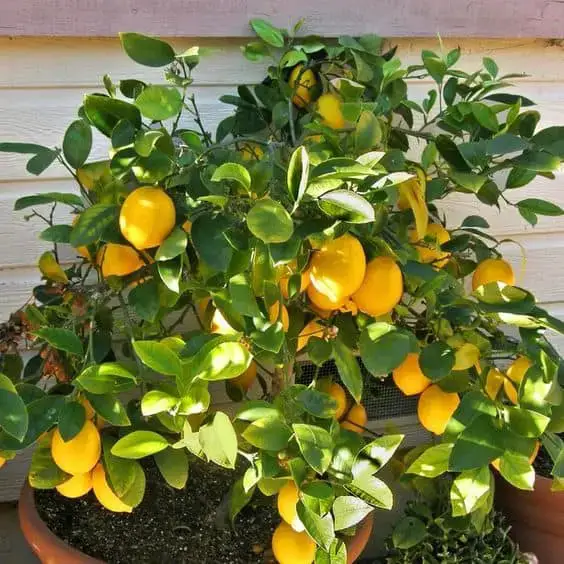
The Meyer lemon (Citrus × meyeri) thrives in soil with a pH that ranges from slightly acidic to neutral. This versatile citrus variety is celebrated for its diminutive, yet delightfully sweet lemons that boast thin skin. In contrast to regular lemons, these small wonders are less tart and possess a more nuanced flavor profile, making them an ideal choice for culinary creations. Beyond its fruit-bearing capabilities, the Meyer lemon plant is also cherished for its fragrant blooms and lustrous, dark green foliage.
Pleomele
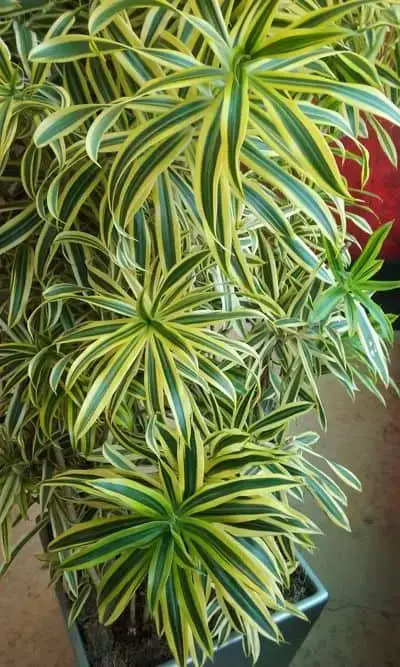
Pleomele, scientifically known as Dracaena reflexa and affectionately referred to as the ‘Song of India’, has earned its reputation as a beloved indoor plant due to its stunning, variegated foliage. This low-maintenance beauty can thrive with minimal attention, requiring watering only every seven to fourteen days. Its slightly acidic soil pH further simplifies care, making it an ideal choice for busy homeowners or those new to the world of indoor gardening.
Conclusion
Plants that revel in direct sunlight are just as vital to creating a lush atmosphere as those that tolerate low light conditions. By furnishing these sun-worshippers with the right amount of direct sunlight, you can coax them into growing robust and thriving, injecting vitality and verdant hues into your surroundings. Whether you have a sunny windowsill or a radiant patio, there’s a direct sunlight-loving plant that will flourish in your space, bringing warmth and life to the area.

